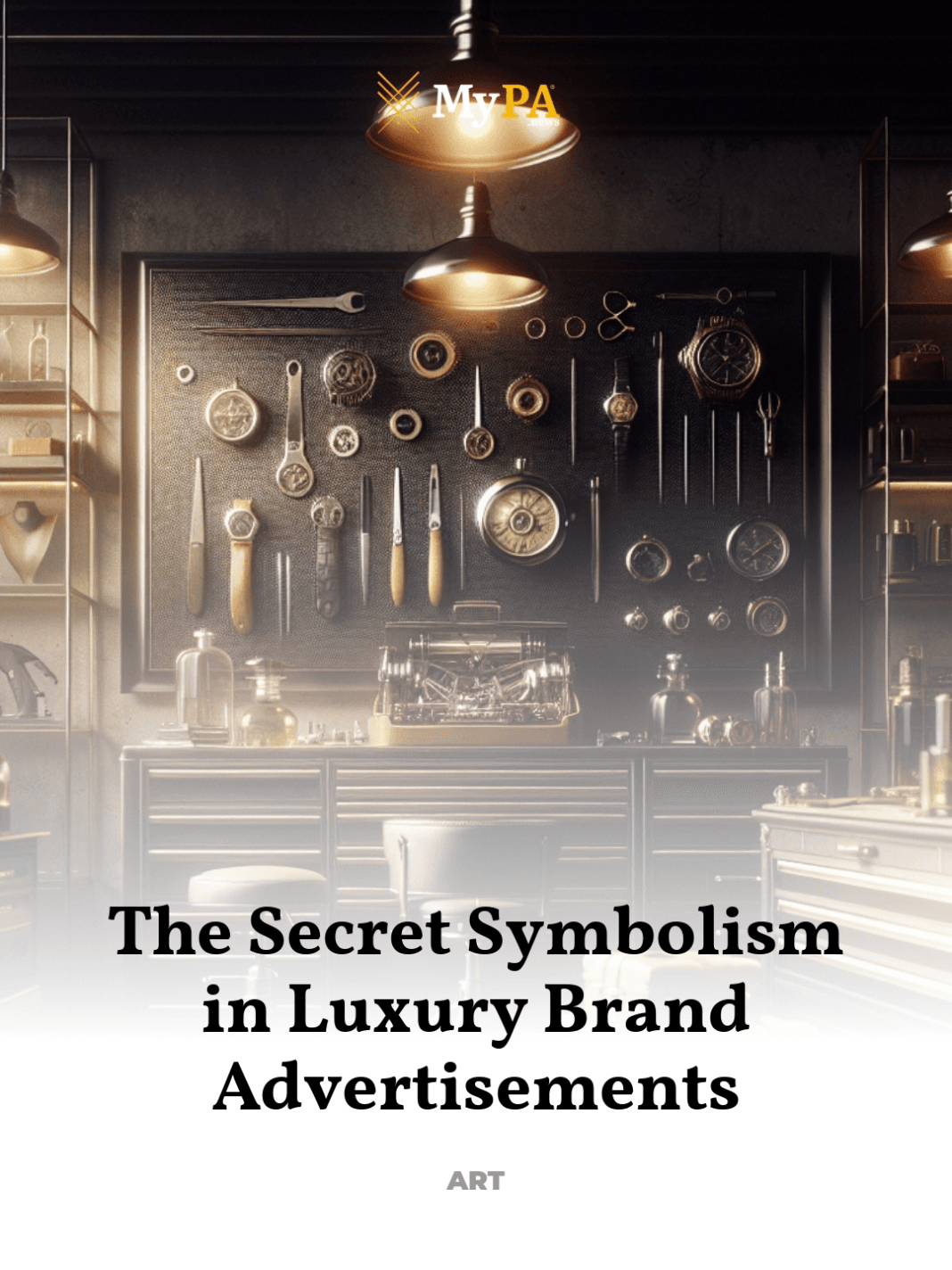How hidden messages and visual storytelling define the world’s top luxury campaigns
Luxury brand advertisements are not merely promotions for high-end products; they are intricate narratives crafted with precision, each element laden with symbolism and deeper meanings.
- Decoding Symbolism: The Art of Luxury Advertising
- Visual Storytelling in Luxury Campaigns
- Cultural References and Heritage in Advertisements
- Psychological Impact of Symbolism on Consumers
- Case Studies: Iconic Luxury Campaigns and Their Symbols
- Future Trends in Luxury Advertising
Decoding Symbolism: The Art of Luxury Advertising
Luxury brands often communicate more than just the quality of their products; they convey a story, a heritage, and a dream. The use of symbolism in luxury brand advertisements is a sophisticated strategy that involves the integration of cultural, historical, and visual elements to create a compelling narrative that resonates with the audience.
For instance, consider the frequent use of the color black in luxury branding. Black is not just a color; it’s synonymous with elegance, power, and sophistication. When Chanel uses black in their advertisements, they are not only showcasing their products but also invoking a sense of timeless elegance that is central to the brand’s identity.
- Mythological References: Many luxury brands, such as Versace, incorporate mythological symbols into their branding. The Medusa head, a key symbol for Versace, connotes danger and allure, reflecting the brand’s bold, seductive aesthetic.
- Architectural Elements: Brands like Louis Vuitton use architectural designs in their advertisements to symbolize stability, heritage, and grandeur, which are crucial aspects of their brand narrative.
Visual Storytelling in Luxury Campaigns
Visual storytelling in luxury advertising is not just about displaying products but about creating a mood, an emotion, and a connection. The imagery used in these advertisements is carefully curated to evoke specific feelings and create a backdrop that complements the brand’s identity.
Take, for example, Gucci’s use of Renaissance-inspired imagery. These historical references not only highlight the brand’s Italian heritage but also resonate with themes of rebirth and timeless beauty, central to the Gucci narrative.
- Nature Motifs: Tiffany & Co. often uses nature motifs like birds and flowers to symbolize beauty, purity, and a connection to the earth, aligning with their commitment to sustainability and natural beauty.
- Celebrity Endorsements: The strategic use of celebrities in advertisements serves to imbue the brand with their qualities. Rolex’s choice of Roger Federer as a brand ambassador, for instance, transfers his precision, excellence, and timelessness to the brand’s image.
Cultural References and Heritage in Advertisements
Luxury brands deeply root their advertisements in cultural heritage to enhance their narrative of exclusivity and authenticity. These references can be subtle or overt but always serve to align the brand with a certain cultured and knowledgeable clientele.
Burberry’s incorporation of British cultural elements, such as the classic trench coat and the London skyline, not only showcases their products but also tells the story of British elegance and craftsmanship.
- Artistic Allusions: Prada’s use of art deco elements in their campaigns nods to the brand’s deep connection with the art world, suggesting sophistication and an appreciation for fine arts.
- Historical Narratives: Cartier’s advertisements often reference its long history of serving royalty and celebrities, which enhances its image of luxury and exclusivity.
Psychological Impact of Symbolism on Consumers
The symbols and narratives used in luxury advertising are carefully designed to impact the consumer’s perception and emotions. These symbols often operate at a subconscious level, making the brand memorable and desirable.
For example, the repeated use of lions in Bulgari’s advertisements taps into deep-seated associations of power and royalty, enhancing the perception of the brand as regal and powerful.
- Color Psychology: The strategic use of colors can evoke different emotions. Hermes’ use of orange conveys warmth and positivity, making it stand out in the luxury market.
- Archetypal Stories: Many luxury brands base their advertisements on archetypal stories that resonate universally, such as the hero’s journey, which can be seen in Louis Vuitton’s “The Spirit of Travel” campaign.
Case Studies: Iconic Luxury Campaigns and Their Symbols
Examining specific campaigns from top luxury brands can provide deeper insights into how symbolism is effectively used in luxury advertising. Each campaign reflects careful consideration of brand identity, consumer psychology, and cultural trends.
Chanel’s “The Little Black Jacket” campaign not only celebrated the iconic jacket but also illustrated the versatility and timeless appeal of Chanel through a series of photographs featuring celebrities and models from diverse backgrounds.
- Dior’s Lady Dior: The campaign uses the Lady Dior bag as a symbol of elegance and sophistication, often paired with scenes from Paris, emphasizing the brand’s French heritage and haute couture status.
- Rolex’s ‘Testimonee’ Campaign: By associating their watches with accomplished figures from various fields, Rolex’s campaign underscores the brand’s commitment to excellence and achievement.
Future Trends in Luxury Advertising
As the luxury market evolves, so too do the strategies used in luxury advertising. Emerging trends include the use of augmented reality to create more immersive experiences and a greater emphasis on sustainability and ethical practices, reflecting consumer values.
Brands like Gucci are leading the way with their innovative use of digital media to create engaging and interactive campaigns that attract a younger, tech-savvy audience.
- Increased Personalization: Luxury brands are moving towards more personalized advertisements, using data analytics to tailor messages to individual consumers.
- Sustainability Narratives: More brands are highlighting their commitment to sustainability, using this theme as a key element in their advertising to appeal to environmentally conscious consumers.
In conclusion, the use of symbolism in luxury brand advertisements is a complex, multi-layered approach that involves a deep understanding of psychology, culture, and art. By decoding these symbols, consumers engage with the brand on a more intimate level, making the luxury experience both personal and universal.
For further exploration of luxury brand symbolism, consider visiting authoritative sources such as the Metropolitan Museum’s Art of Luxury.



